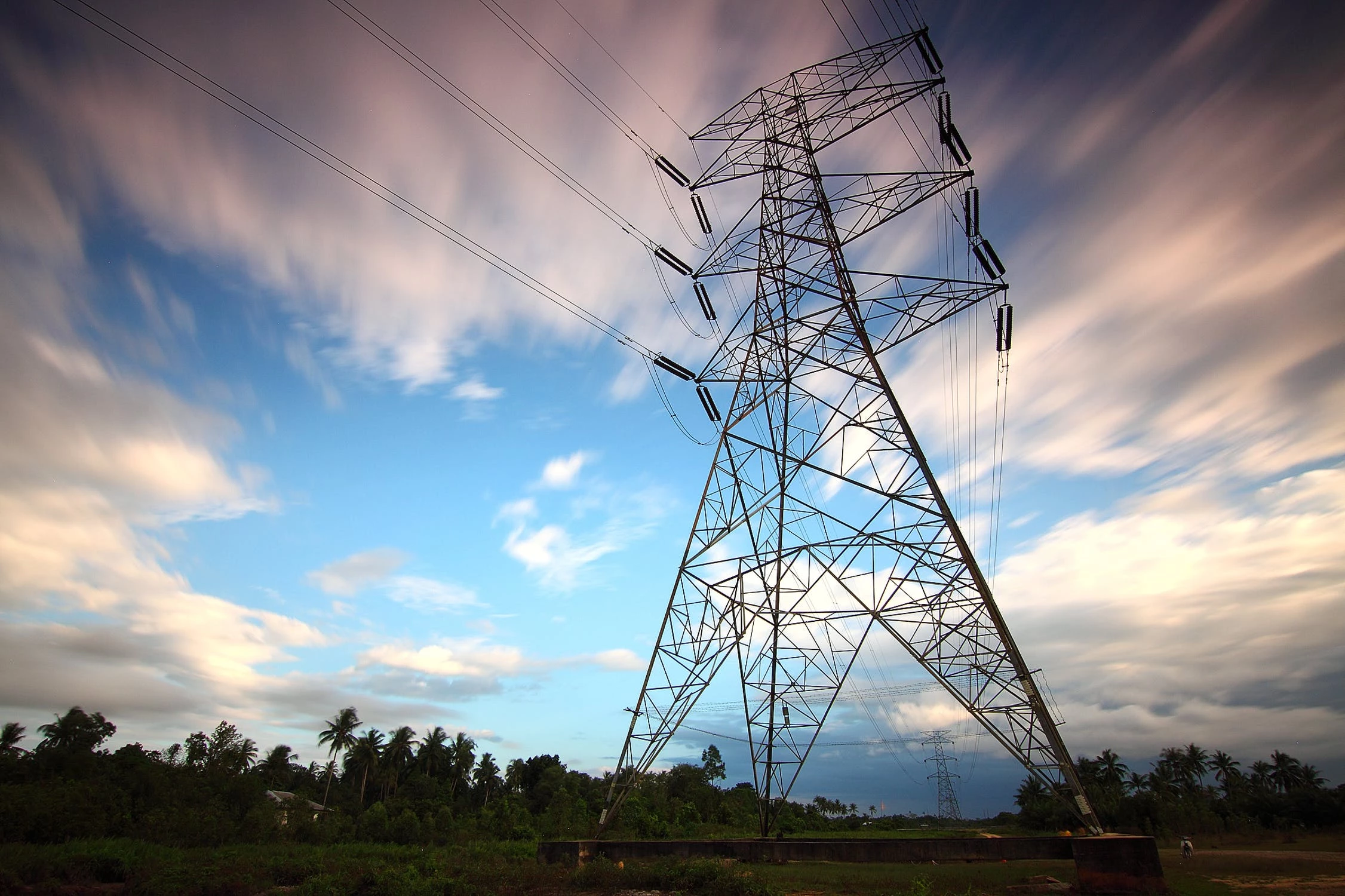
Partner Article
Easing of COVID restrictions sparks sharp rise in power prices and demand
Electricity generation, demand and prices bounced back to pre-COVID levels in the previous quarter as Britain returned to work following the easing of lockdown restrictions.
These were the stand-out highlights of a new report on Britain’s power generation market from Teesside-based energy data analyst EnAppSys.
The study, which covered the three months to the end of September 2020, showed that demand totalled 60.6TWh across the quarter – comparable to the 63.1TWh in Q3 last year and significantly higher than the 53.2TWh recorded in Q2 2020, which was the lowest quarterly level for almost 12 years.
Total generation levels rose from 60.28TWh in Q2 2020 to 64.59TWh in Q3, with gas-fired plants (40.5%) making up the biggest share of the power mix. Renewables generation hit a third quarter record (25.22TWh), with decreases in solar and biomass generation being offset by increases in output from wind and hydro. In total, renewables produced 39.0% of overall power generation, with nuclear plants (16.1%), imports (3.9%) and coal (0.4%) making up the remainder.
As demand and generation levels returned to more normal levels, so did prices. The average system price across the quarter was £35.56/MWh, close to the £36.56/MWh in Q3 last year and materially up from the £29.00/MWh in Q1 and £24.98/MWh in Q2 of this year, when lower demand saw greater oversupply and fewer tight periods.
Paul Verrill, director of EnAppSys, said: “After lockdown triggered a sharp fall in demand, prices and generation in the first half of the year, Q3 saw levels for all three indicators revert towards more normal levels.
“During lockdown, the morning demand peak was lower as fewer people went into offices and factories, but as restrictions eased this peak returned beyond levels seen in the corresponding quarter in 2019. This reason for this could be an apparent overlap of business and domestic demand in Q3 2020, as some workers returned to the office and others remained at home.
“As demand rose as lockdown eased, there was less need for the system operator to accept bids to reduce wind output, with accepted wind bid volumes more than halving from 689GWh in Q2 to 318GWh in Q3. This then fed through into the increased wind generation seen in the third quarter versus the previous one.
“However, renewables along with all other fuel types except CCGT saw a fall in generation from the previous quarter. The nuclear decrease resulted from a combination of the Sizewell output reduction contract, Hinkley Point B7 going offline in mid-June, and time offline at Hartlepool 2, Heysham 1-1 and Heysham 1-2 in August. Solar output fell as daylight hours reduced, while interconnector imports decreased over the quarter, with July seeing net exports across the France-GB interconnector (IFA). Lower output from these generation types plus increased demand led to a rise in CCGT generation.
“Increased demand and less oversupply saw a return to system prices that were, on average, closer to pre-lockdown levels. However, there were exceptions to the rule; on September 15, for example, system prices hit £540.22/MWh – the highest of the quarter. This day of low wind was so tight that a Capacity Market Notice was issued, though it was subsequently cancelled after National Grid interconnector trades were factored into the Capacity Notice calculation.”
Day-ahead prices were also closer to pre-lockdown levels, averaging £35.34/MWh across the quarter. This was not far behind the £37.25/MWh recorded in Q3 2019 and was significantly higher than the £27.00/MWh posted in Q1 and £23.13/MWh in Q2 of this year, when lower demand saw more oversupply and fewer tight periods.
This was posted in Bdaily's Members' News section by EnAppSys .
Enjoy the read? Get Bdaily delivered.
Sign up to receive our popular morning National email for free.






 A legacy in stone and spirit
A legacy in stone and spirit
 Shaping the future: Your guide to planning reforms
Shaping the future: Your guide to planning reforms
 The future direction of expert witness services
The future direction of expert witness services
 Getting people into gear for a workplace return
Getting people into gear for a workplace return
 What to expect in the Spring Statement
What to expect in the Spring Statement
 Sunderland leading way in UK office supply market
Sunderland leading way in UK office supply market
 Key construction developments in 2025
Key construction developments in 2025
 Mediation must be part of planning process
Mediation must be part of planning process
 From apprentice to chief financial officer
From apprentice to chief financial officer
 Don't stifle growth with apprenticeship cuts
Don't stifle growth with apprenticeship cuts
 The start-up landscape: What lies ahead in 2025
The start-up landscape: What lies ahead in 2025
 JATCO adds welcome drive to automotive sector
JATCO adds welcome drive to automotive sector